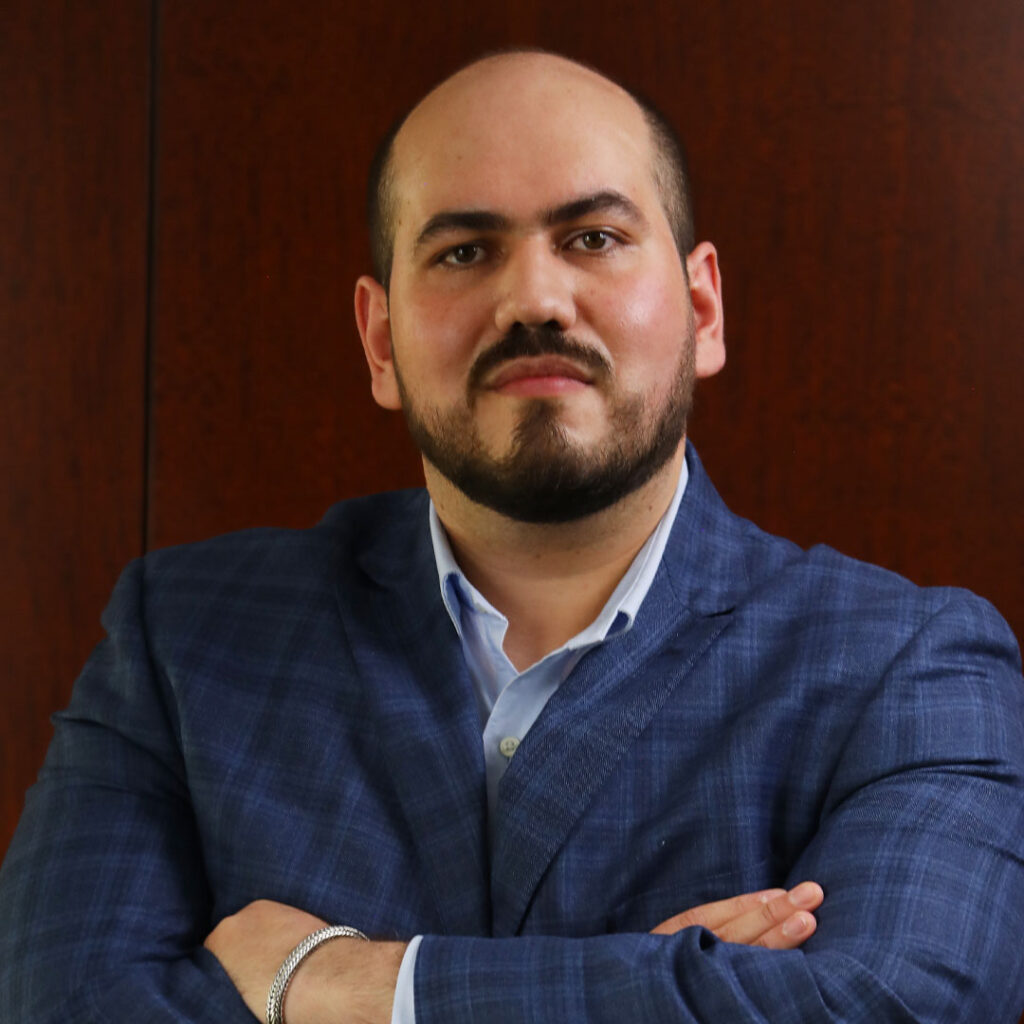Our country is one of the primary recipients of investment in mining projects. For example, in 2021, the mining sector made investments of 4 thousand 809.6 million pesos, an increase of 36.1% compared to what was invested in 2020. [1].
However, mining activity has faced several criticisms due to its impact on the environment, so, commonly, the exploitation of some deposits can be hindered by social opposition. One of the most sensitive issues for mining projects is the exploitation of water since mining requires a large volume of water for its processes, where it is mixed with hazardous substances, for example, the leaching of minerals such as gold and silver using cyanide.
Therefore, from the planning stage of a project and throughout its development, it is necessary that the project owners evaluate and apply strategies to save water in order to avoid its pollution, as well as to affect river courses.
In that sense, in addition to the recommendations that any project may have for the use of water and discharge of wastewater, our professional practice has allowed us to identify some points that it is advisable to verify, to ensure compliance with their obligations for the use of water, among which are the following:
1. Ensure the volume of water that is required for the mining project, including future expansions. Starting or developing mining projects has become impacted by the lack of water. In this regard, the owners shall obtain a national water concession title issued by the National Water Commission (CONAGUA), as well as ensure compliance with the terms and conditions set forth therein. Failure to do so may derive in the cancellation of the concession title.
We recommend identifying other sources of water supply, such as desalinating seawater and conducting it through pipelines or using wastewater from other industries located nearby the mining project. Please note that these types of alternatives also require obtaining permits from CONAGUA and the Ministry of the Environment and Natural Resources (SEMARNAT).
2. Developing hydraulic infrastructure projects for the population that lacks this resource. Neighboring communities often refuse the execution of a mining project due to the lack of water supply, even though there is water available for everyone. In this regard, it is advisable for the project owner to seek the support of or collaborate with local authorities to construct a drinking water system.
This type of approach may be considered as a measure to mitigate the negative impacts of a project, thereby facilitating the process of obtaining certain key environmental authorizations required for the development of a mining project. Furthermore, this will also be helpful for the neighboring communities to have a favorable opinion of the project.
3. An indigenous consultation may be required to grant concession titles to exploit water. An indigenous consultation may be required for the issuance of concession titles to exploit water, especially in areas where there are indigenous communities with limited access to water. Failure to carry out such consultation may cause the communities to initiate legal action that could compromise the water supply for the mining project.
4. Exploiting working waters [2] does not require a concession title from CONAGUA.A mining concession title issued by the Ministry of Economy includes exploiting working waters for mining activities. However, certain obligations shall be complied with, including the payment of fees. If the working water is not required to be used for the mining project, it is advisable to re-inject it into the subsoil to avoid CONAGUA's demand for the payment of water rights.
5. Drill monitoring wells and identify any groundwater contamination. These water quality monitoring wells will assist in verifying if there are any substances polluting the groundwater. Please note that the construction of these wells requires obtaining permits from CONAGUA.
6. Obtaining certifications for the use of some hazardous substances. To encourage the comprehensive management of these substances and avoid damaging the environment. For example, to obtain a cyanide code certification.
7. CONAGUA is entrusted with the management of certain water runoffs, which are considered national assets. Los proyectos mineros requieren de grandes espacios contiguos al tajo para la construcción de presas de jales o lagunas de lixiviados, por lo que, es común que estas instalaciones se construyan sobre escurrimientos de agua que, independientemente de su tamaño, podrían ser cauces de ríos. Para poder construir sobre ellos se requiere de un título de concesión de CONAGUA.
In this regard, prior to carrying out any construction work on these areas, it is recommended to verify with CONAGUA whether these runoffs are considered national assets and, if so, to obtain the corresponding concession title.
Failure to do so may derive in environmental, administrative, and even criminal liabilities. In addition, constructions built on national property will be considered property of CONAGUA, which may opt to keep the construction or order their demolition.
The mining industry is a sector of great value for Mexico. Some regions rely entirely on this activity. However, the owners of mining projects shall consider the environmental impacts that will be generated from the project's development. Therefore, ensure that the appropriate measures to prevent, mitigate, or compensate these impacts are carried out.
[1] Source: https://www.gob.mx/se/acciones-y-programas/mineria#:~:text=Elsectorminerometalrgicoen,(INEGI)en2021.
[2] Working waters are those ground waters that are found in a mining project.
Authors

Vicente Grau
Partner
vgrau@s-s.mx

Heriberto Garza
Partner
hgarza@s-s.mx



